California rainstorm death toll reaches 20 as tens of thousands forced to evacuate
The rainstorm death toll in California has risen to 20 as tens of thousands have been evacuated from their homes due to the consecutive rainstorms that have been pounding the western state for the last three weeks.
California Governor Gavin Newsom confirmed that the onslaught of atmospheric rivers “resulted in at least 20 fatalities and forced the evacuation of tens of thousands of residents.”
As the west coast of the US withstands its ninth major storm series causing deadly flooding, downed trees, and widespread power outages, the California governor signed a new executive order to “further bolster the emergency response.”
Newsom earlier asked US President Joe Biden for a major disaster declaration, prompting the president to issue the declaration for 41 of California’s 58 counties to free up federal aid, in fear of the worsening situation.
The White House has announced that Biden is set to travel to flood-hit areas of California on Thursday to tour “communities impacted by the devastation from recent storms, survey recovery efforts and assess what additional federal support is needed.”
“The last of the heavier rain in California is slowly fading. After midnight it shouldn't be heavy anymore,” said meteorologist David Roth of the National Weather Service's Weather Prediction Center on Monday.
While causing serious damages, the storms also helped mitigate a historic drought, as much of the state has received an average of more than 9in of rainfall since late December and some areas have already seen the amount of rain they typically get in the entire year, according to the National Weather Service (NWS) .
The report from the NWS for the Bay Area said more than 18 inches (45 cm) of rain have fallen on San Francisco since December 26.
Nevertheless, with more than two months to go in the rainy season, officials are urging Californians to continue conserving water. The US Drought Monitor still shows almost the entire state under moderate or severe drought conditions. Reservoir levels were still below average for this time of year, officials said.
The storms also highlighted the grave risks extreme weather poses to more than 116,000 people living outdoors in the state. Two displaced people in Sacramento died earlier this month when trees fell on to their tents.
Cleanup efforts are underway as California continues to endure the effects of the storms, with flood warnings and evacuation orders still in effect for areas including Monterey County, a region famous for its rugged coastline and scenic, cliff-hugging highways.
With rain expected through the week, authorities are warning Californians to listen to local officials, stay aware of their surroundings and not attempt to drive or walk in water – just 6in of fast-moving water can knock over and carry an adult while just a foot of water can carry away a small car.
Even so, forecasters warned mud and rockslides are possible in canyons and steep hills as the ground is saturated after three weeks of rain and snow. Some rivers had yet to crest, posing flood threats. Local and state emergency declarations remained in effect across many counties.
Meteorologists continue to monitor a developing storm over the Pacific Ocean to see if it will become a 10th atmospheric river. It is expected to make landfall on Wednesday.
Hamas thanks Iran, Resistance Front following achievement of ceasefire in Gaza
'Capitulation': Israeli officials and media concede Gaza defeat as truce unfolds
'Gaza has won': Social media users react to ceasefire with mix of relief, joy
Iran seeks South Korea’s assistance for AI, fiber-optic projects
VIDEO | Iran's 'Eqtedar' (Power) maneuver
Israel hits HTS military target in Syria for 1st time since fall of Assad
VIDEO | Press TV's news headlines
Israel has slaughtered 13,000 students in Gaza, West Bank


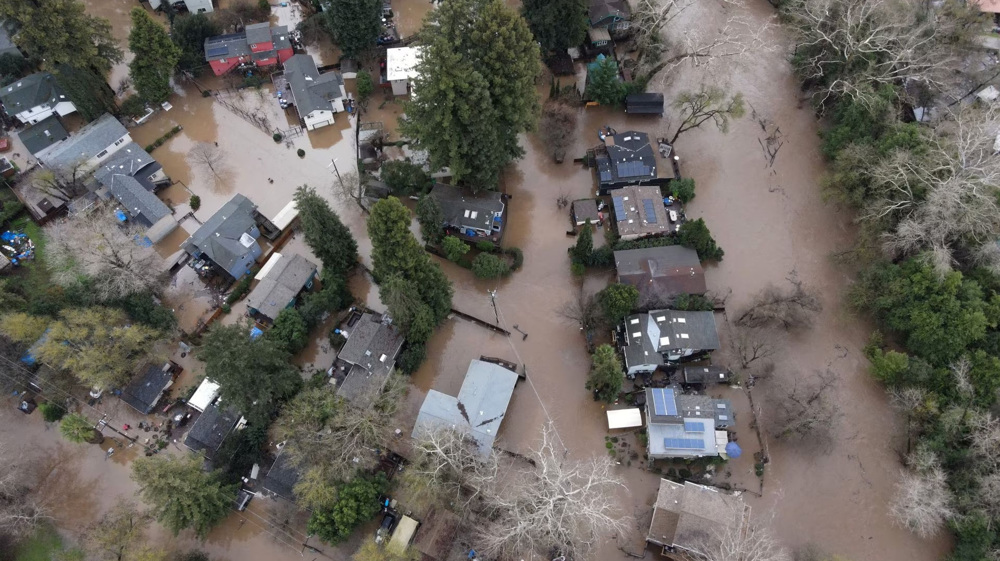

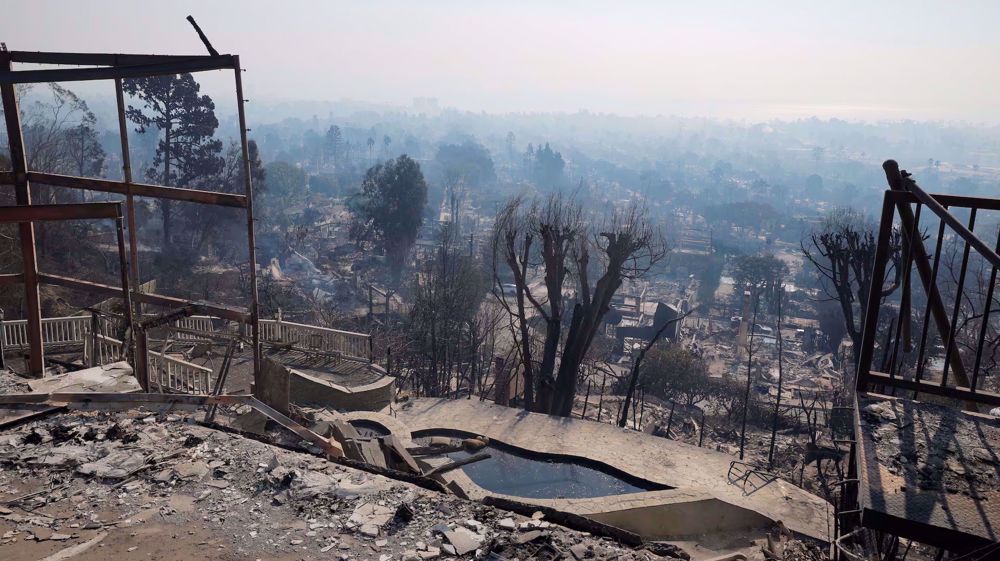




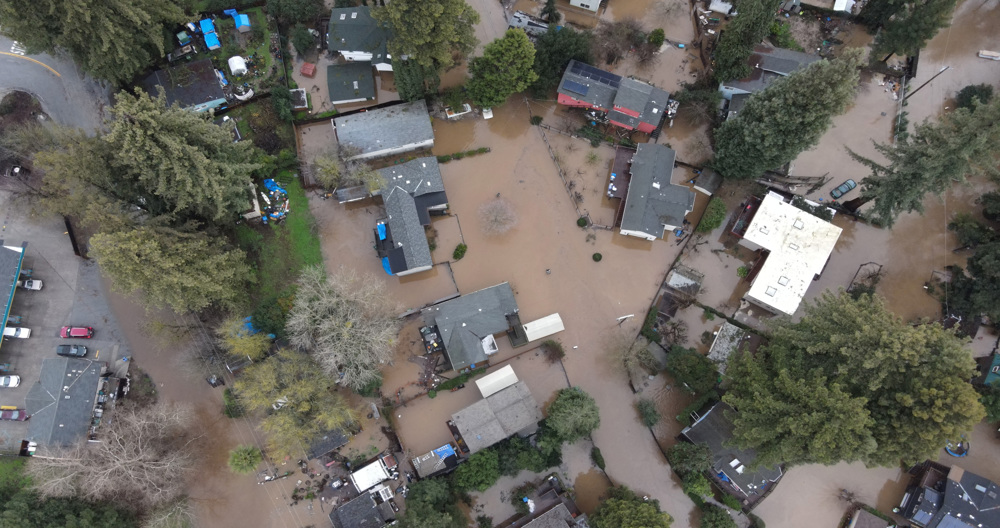
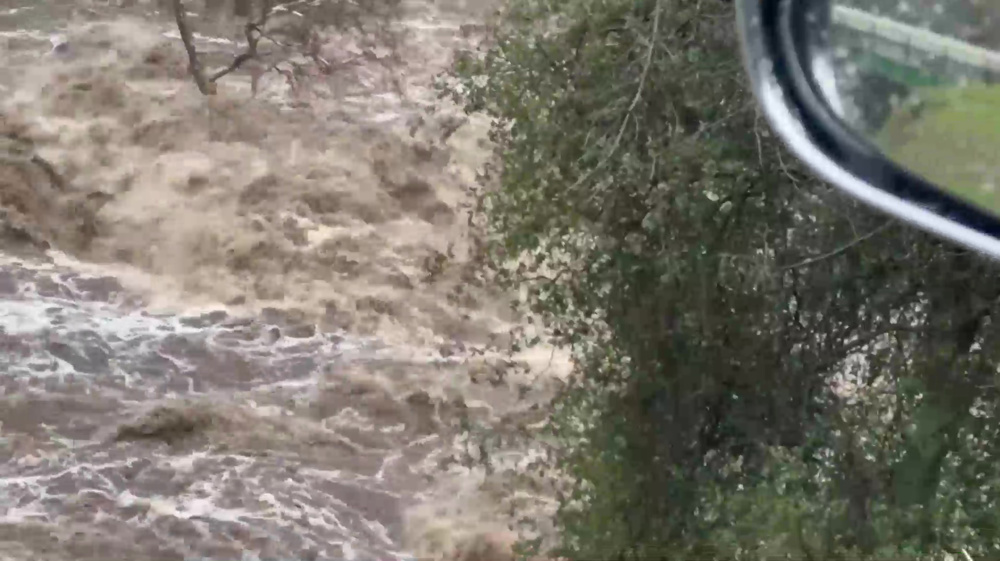
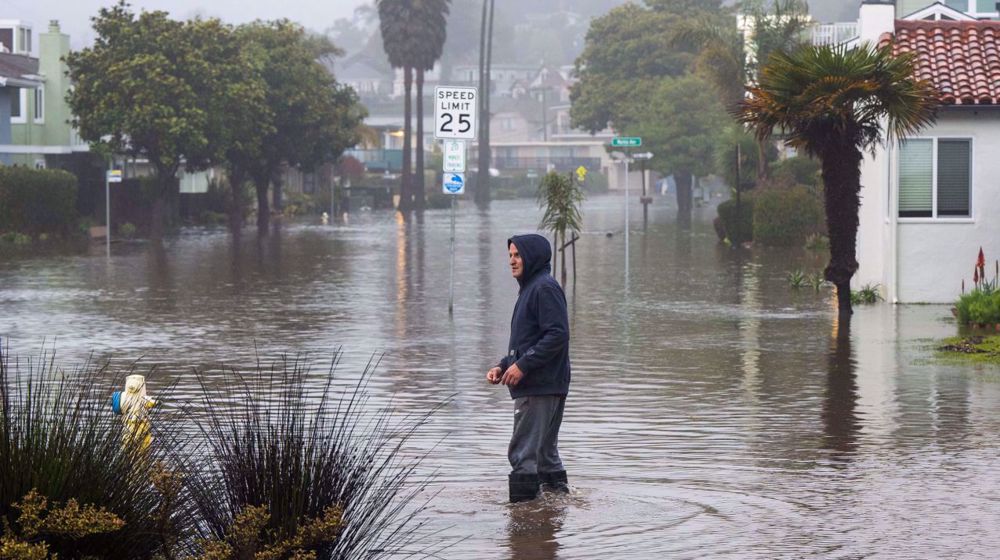


 This makes it easy to access the Press TV website
This makes it easy to access the Press TV website